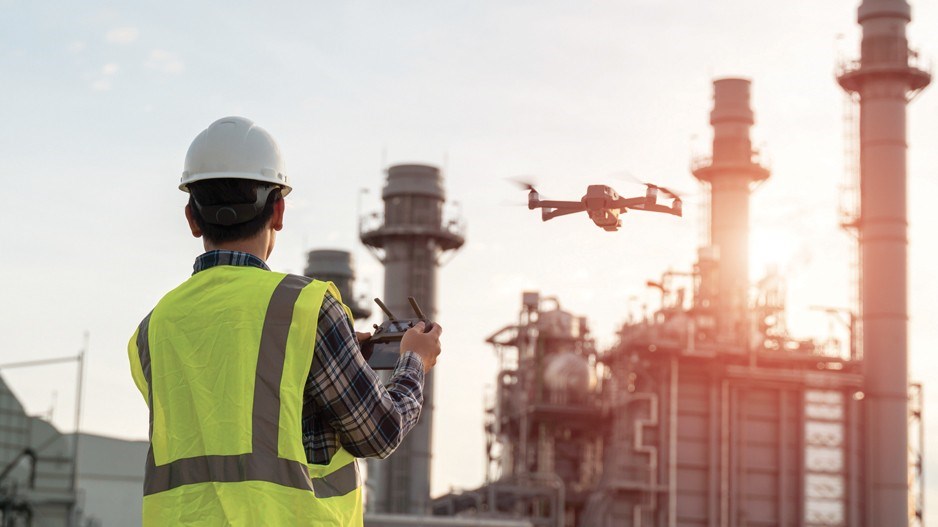Until recently, technological innovation has made only a small impact on construction, says Helen Goodland, the head of research and development at Scius Advisory, a Vancouver boutique consulting firm.
“But the situation is changing rapidly, and we’re in the thick of it now, with more big changes on the way,” said Goodland. “Construction is changing quickly and it is going very high-tech. The whole industry is going through a switch from analog to digital that is transforming every facet of how construction functions.”
Construction is facing unprecedented challenges, such as labour shortages, climate change, the COVID-19 pandemic and resource security.
“The industry can’t continue to use traditional methods if it wants to be profitable,” Goodland said. “These days construction companies of all sizes have to learn how to do more with less. Fortunately, there are technical resources available to help them.”
Until recently it had been possible to participate in construction with only a minimal investment in technology.
“But now, as computing horsepower goes up and costs go down, there are an increasing number of digital tools that can be used by construction companies,” she said.
Digital technology is also having an impact on construction safety.
Some examples of its effect include analytics that turn data into predictions to prevent job-site accidents, robots that can move heavy construction equipment, wearable technology that can detect employee fatigue levels and programmable sensors that can detect air quality, ultraviolet radiation, heat levels and ambient temperature.
“There’s also an increasing use of occupational health and safety management software, such as SiteDocs,” said Mike McKenna, executive director of BC Construction Safety Alliance (BCCSA). “It and software like it keep all relevant safety documents in one spot, where they can be used anywhere and shared quickly.”
McKenna said he expects that in the future, equipment will replace humans for dangerous jobs, such as work in confined spaces.
“And new technologies, such as geofences, will protect workers from dangerous areas of construction sites,” he said.
Geofencing is a GPS-enabled technology that helps create a virtual boundary or fence around a specified area, such as a construction site or equipment storage area.
Once a geofence has been set up, the operator receives automated alerts or push notifications by email, phone or text whenever a worker or device enters or leaves the fenced-off area.
Monitoring workers’ physical location and using location data to keep them from entering or leaving specific areas can help them stay safe.
Geofences can be made to face inward or outward; outward-facing fences are meant to keep workers and vehicles inside an area, while the inward-facing variety keep them out.
Technological advances and construction safety is one of the subjects that will be covered at the BCCSA’s 2021 Virtual BC Construction Health and Safety Conference, which takes place October 14.
Keynote speaker Jim Harris, an author and futurist in Toronto, said advances in technology are creating new ways of working that are making construction sites safer.
“In 2007 a drone cost $100,000,” said Harris. “But today you can get one for only $100. That reduction in cost by one thousand times is driving the wholesale adoption of drones in construction.”
Harris said drones are used to inspect electric power lines and, in construction, to inspect balconies and bridges.
“The result is lower scaffolding costs, faster inspections and, most importantly, safer construction work sites,” he said.
Digital technology will not only make work sites safer, but will also help the construction industry attract and retain young workers.
“Today’s youth are mobile phone-centric,” Harris said. “They have a supercomputer in their pocket, and they go nowhere without it. Construction needs to make itself exciting and cool to them by changing the way it works.”
Because young people have grown up with digital technology, they’re comfortable with it in a way their elders are not. •




